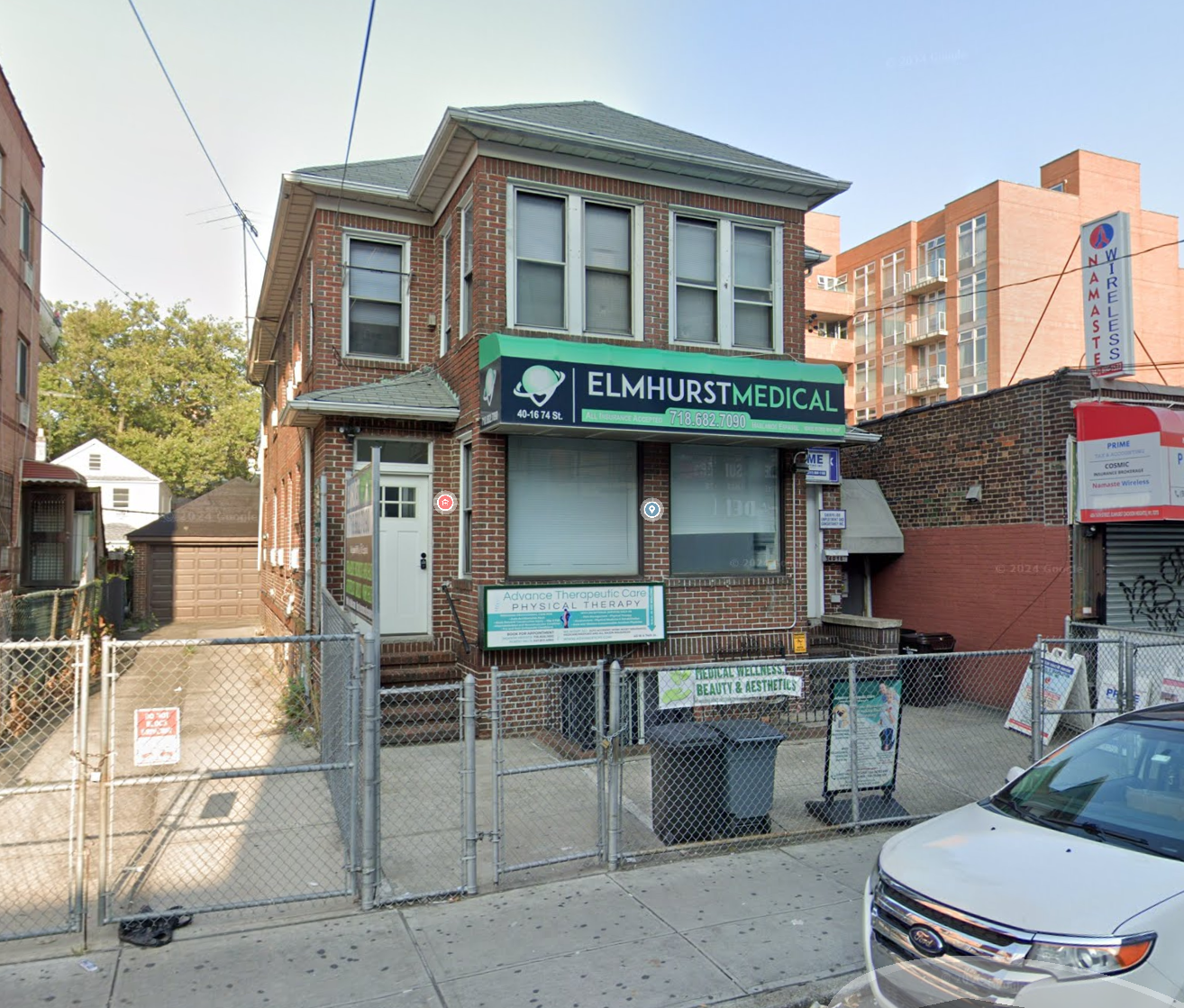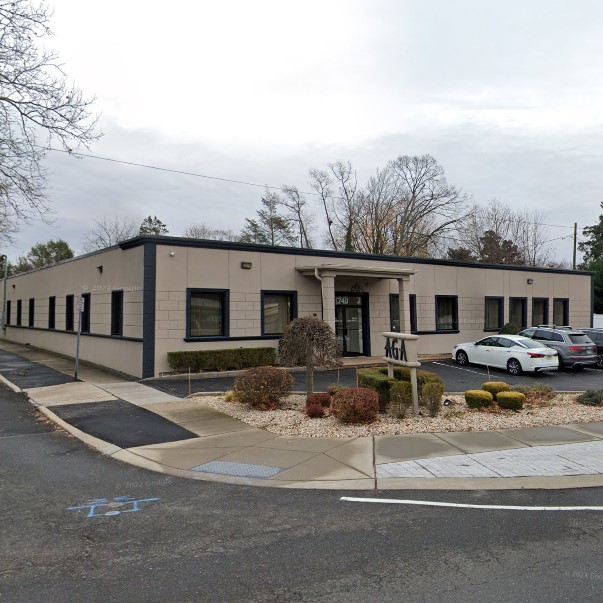
No-fault insurance, a form of coverage mandated in several states across the United States, fundamentally changes how insurance claims are handled after car accidents. Unlike traditional tort insurance systems, where fault must be determined before insurance payouts are made, no-fault insurance allows covered individuals to file claims with their own insurance company regardless of who is at fault in an accident. This system aims to streamline the process of getting medical care and compensation after an accident, but it also comes with limitations on suing other drivers. Here’s an in-depth look at how no-fault coverage works and what it typically covers.
What is No-Fault Insurance?
No-fault insurance, also known as Personal Injury Protection (PIP) coverage, is designed to cover the insured party’s medical expenses, lost wages, and other incidental costs following a car accident, regardless of fault. The core idea behind no-fault insurance is to provide quick payments to injured parties without the need for lengthy and costly litigation over who caused the accident.

Coverage Details of No-Fault Insurance
1. Medical Expenses:
No-fault insurance covers medical costs related to the car accident. This includes hospital bills, medical treatments, rehabilitation costs, and necessary medications. Coverage limits can vary significantly from one state to another, so it’s essential to understand the specifics of your policy.
2. Lost Wages:
If the injuries sustained in the accident prevent the insured from working, no-fault coverage can compensate for lost income. However, there are usually limits to how much and for how long the insurance will pay out for lost wages.
3. Death Benefits:
In the case of fatal accidents, no-fault coverage may pay a death benefit similar to those paid by life insurance policies. These benefits can help cover funeral costs and provide financial support to the deceased’s dependents.
4. Other Expenses:
No-fault policies often cover other reasonable and necessary expenses related to injuries from a car accident, such as the cost of hiring help for household chores the injured party can no longer perform.

Limitations of No-Fault Insurance
While no-fault insurance provides immediate benefits for economic losses, it typically restricts the right to sue. In no-fault states, you cannot sue the other driver unless your medical expenses reach a certain threshold or your injuries are deemed sufficiently severe, typically involving significant or permanent loss of function, disfigurement, or death.
Pain and Suffering Claims:
Unlike economic damages like medical bills and lost wages, compensation for pain and suffering is not covered under no-fault insurance. Claimants can pursue pain and suffering damages only if their case meets the “serious injury” threshold defined by their state’s law.
How No-Fault Insurance Works
When an accident occurs, each party files a claim with their own insurance company, regardless of who caused the accident. This means that drivers must carry insurance policies that include personal injury protection. The insurance companies cover the costs up to the policy’s limit, and in return, policyholders are limited in their ability to sue other drivers for damages.
Required Coverage and State Laws
No-fault coverage is not universally required across all states. States that do require no-fault insurance have specific laws detailing minimum coverage limits and the conditions under which a driver can step outside the no-fault system to pursue a claim against another driver. It’s essential for drivers to understand their state’s specific requirements and options, which can be detailed in state insurance laws or provided by insurance companies during the policy purchase process.
Filing a Claim Under No-Fault Insurance
Filing a no-fault insurance claim typically involves notifying your insurance company about the accident as soon as possible and submitting a claim form and any necessary documentation of your injuries and expenses, such as medical records and receipts. It’s crucial to file within the specified time limits, which can vary by state.
Frequently Asked Questions:
How does no-fault insurance differ from traditional liability insurance?
No-fault insurance primarily covers your own injuries and losses regardless of who caused the accident, whereas traditional liability insurance covers damages to others that you are liable for in an accident.
Can I choose not to have no-fault insurance if I live in a no-fault state?
In states that require no-fault insurance, you are generally required to carry it as part of your auto insurance policy. Opting out is not an option unless you meet specific criteria like owning many vehicles.
What happens if my medical expenses exceed my no-fault insurance limits?
If your medical costs exceed the limits of your no-fault coverage, you may need to pay out of pocket or use your health insurance for the excess amount. In some cases, if the injuries meet the state’s threshold for serious injuries, you might also pursue a claim against the at-fault driver.
Are passengers covered under no-fault insurance?
Yes, passengers injured in a vehicle accident are generally covered under the vehicle owner’s no-fault insurance policy, regardless of who is at fault.
Does no-fault insurance cover damage to my vehicle?
No, no-fault insurance does not cover damages to vehicles. It only covers bodily injuries. You will need collision or comprehensive coverage to pay for damages to your vehicle from an accident.
Navigating No-Fault Insurance: Empowering Yourself with the Right Knowledge and Resources
Navigating the complexities of no-fault insurance can be daunting. Understanding your coverage limits, familiarizing yourself with your state’s specific laws, and knowing how to effectively file a claim are crucial steps in managing the aftermath of a car accident. With the right knowledge, you can focus more on your recovery and less on the financial and legal stress.
For those facing challenges with injury management after an accident, the members at InjuryDocsNow offer invaluable support. Whether you’re seeking clarity on insurance details or need specialized medical treatment, InjuryDocsNow stands as your essential resource. Don’t face the complexities of post-accident recovery alone. Engage with the members at InjuryDocsNow to streamline your recovery process, from filing insurance claims to receiving the proper medical treatment. Act today to empower your recovery journey with the support and resources necessary to restore your quality of life.
Visit Injury Docs Now today to find the right doctor and get the care and support you need for both your recovery and legal success.




















































































